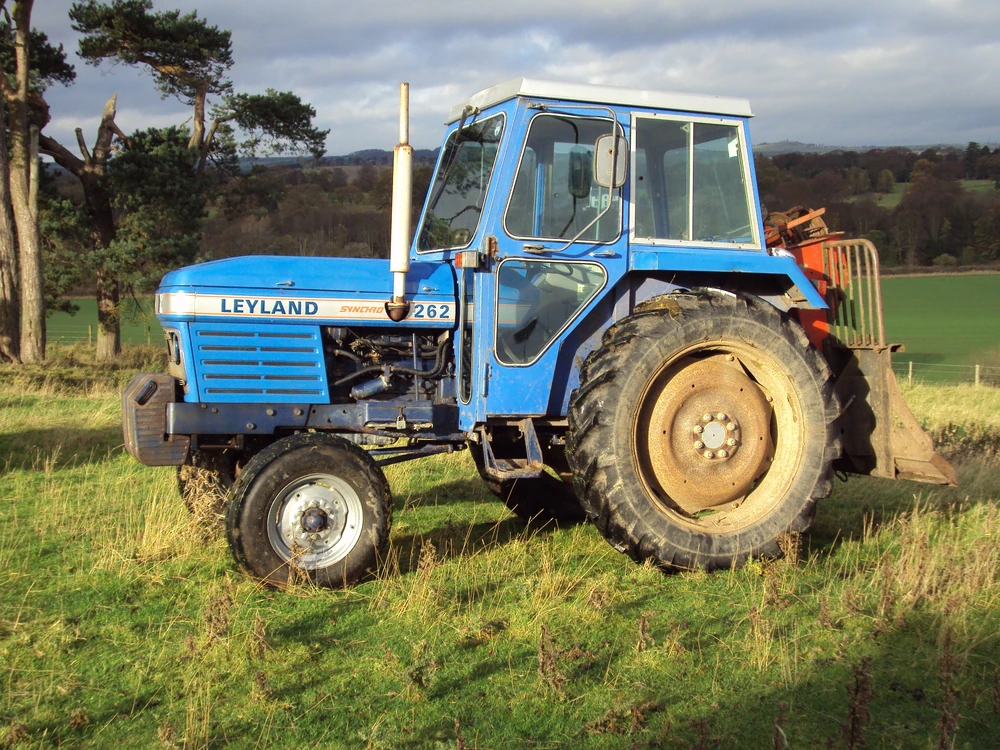YETRAC
Leyland Tractors: A Brief History of British Agricultural Innovation
Leyland Tractors: A Brief History of British Agricultural Innovation
Leyland tractors, once a prominent name in the agricultural machinery industry, left a lasting mark on British farming. Born out of the merger between the British Motor Corporation (BMC) and Leyland Motors in 1968, British Leyland, as it was known, embarked on a journey that would shape the agricultural landscape of the United Kingdom.
A Post-War Beginning
The story of Leyland tractors begins in the aftermath of World War II when Lord Nuffield, the owner of Morris Motors Limited, founded Nuffield Tractors. This venture, which started independently, eventually became a part of BMC in 1951, setting the stage for future developments.
The Birth of British Leyland Tractors
In 1968, the British Motor Corporation and Leyland Motors joined forces, creating British Leyland. This corporate marriage had a profound impact on Leyland tractors. One of the immediate changes was the transition from the classic Nuffield Poppy Red to a distinctive two-tone blue color scheme, a visual identity that would endure well into the early 1980s.
Production operations were relocated to Bathgate, Scotland, marking a significant shift for the company. The Nuffield name continued to be used until 1969 when it was eventually phased out in favor of the Leyland brand.
Innovations and Evolution
Early Leyland tractors carried over components from the Nuffield product line, including engines like the 3.4L and 3.8L options, as well as the 10-speed gearbox (5×1 with High/Low Range). However, Leyland introduced notable changes such as redesigned bodywork and the implementation of a new safety-compliant cab.
One of the most significant advancements during this era was the introduction of the 98 series engines, denoted as the 4/98 and 6/98, representing the number of cylinders and the bore diameter of the engine, respectively. The 10-speed gearbox made way for a more modern 9×3 Synchro Gearbox, which included a flat cab floor for enhanced operator comfort.
A Diverse Lineup
Leyland tractors boasted a diverse lineup, catering to the varying needs of farmers. Some of the notable models included:
- Leyland 154
- Leyland 245
- Leyland 253
- Leyland 255
- Leyland 262
- Leyland 270
- Leyland 272
- Leyland 282
- Leyland 285
- Leyland 2100
- Leyland 344
- Leyland 384
- Leyland 462
- Leyland 472
- Leyland 482
- Leyland 485
In addition to these, Leyland introduced a new color variant, “harvest gold,” which adorned models like the 602, 604, 702, 704, 802, 804, and the 904XL.
A New Chapter and Ownership
In 1982, British Leyland made a strategic decision to sell the Leyland tractor division to Marshall Tractors Ltd. This transition also marked a shift in production, which relocated to Gainsborough in Lincolnshire.
As time passed, Leyland tractors became a part of the agricultural history of the United Kingdom, with their distinctive blue and gold machines continuing to evoke nostalgia among farming enthusiasts.
Today, Leyland tractors remain a cherished relic of a bygone era, symbolizing the resilience and innovation of British agriculture during a period of significant change and transformation.

